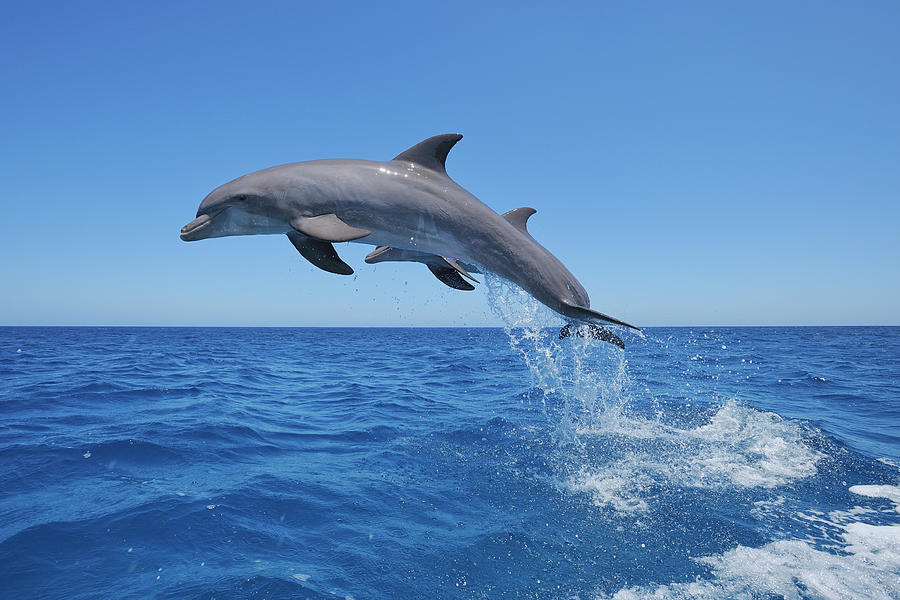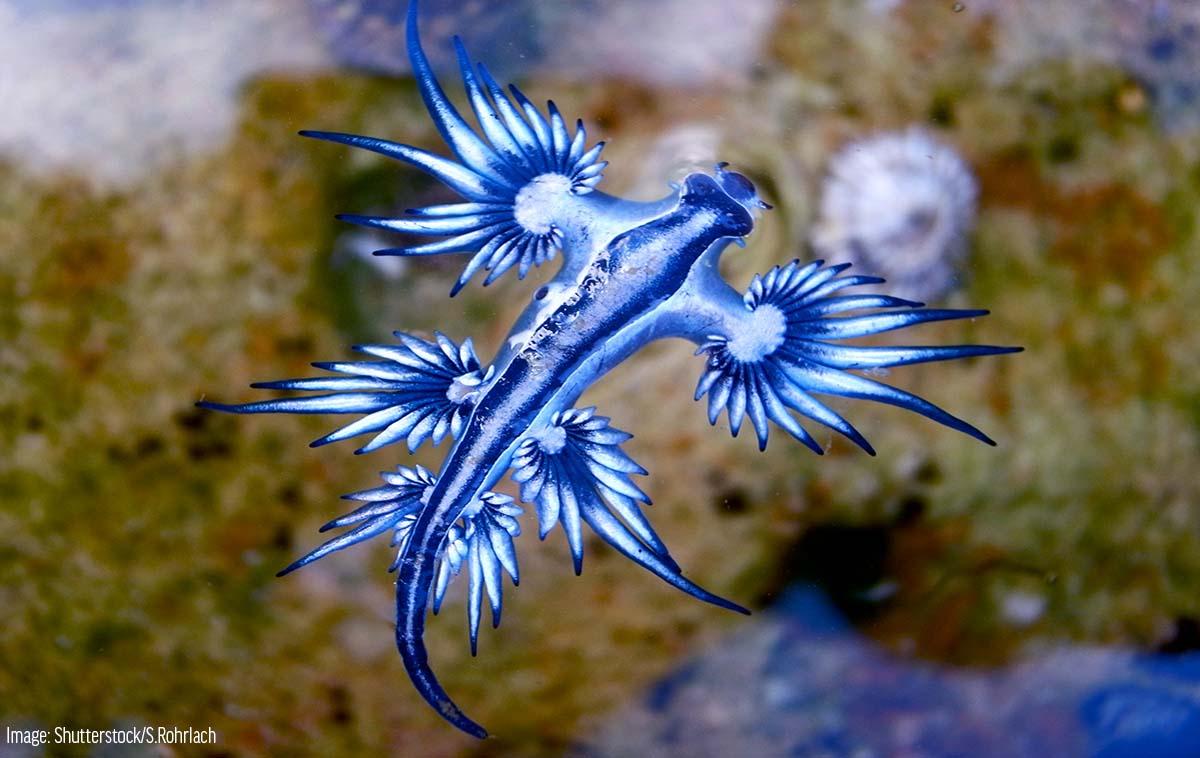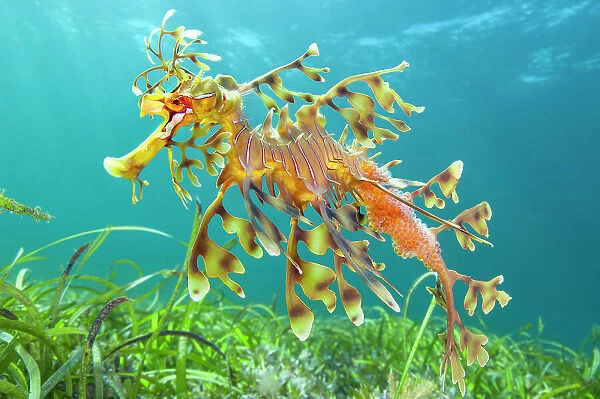

Dolphins are mammals that live in the water. They travel in groups called pods. Dolphins use echolocation to communicate and find food. They make sounds and based on what kind of sound echoes back, they know what the sound hit. Each dolphin has their own special type of click. Mothers and their babies recognize each other because of this. Dolphins are also very intelligent. They can recognize themselves in a mirror which not many animals can do. They can be trained. Another cool fact about them is that when they sleep, only one side of their brain sleeps at a time. The other side is wide awake. So, they keep one eye open when they sleep. Scientists think they do this to watch out for predators and keep an eye on the pod.


Axolotls are a critically endagered type of amphibians. They are endangered because of droughts, waste water disposal, and human development that affects their habitat. Their habitat is Xochimilco, a lake near Mexico City, the only place where they are found. They can regenerate limbs if they are cut off, and one axolotl's body parts can be connected into another axolotl's body. They are different from many amphibians because they stay in water their entire life. They can live for 15 years and they are carnivores who eat worms, mollusks, insect larvae, crustaceans, and some fish. They are rather small, up to a foot long. I think they look very cute with their smile.


The Blue Glaucus, also known as the blue dragon, blue angel, or sea swallow, is a type of sea slug. They float upside down on the water because of a gas sac in their bellies. Their blue body camoflaugues with the blue of the water. They eat some poisonous creatures and they store the poison in their tail, which can deliver a venomous sting. They are usually up to 3 centimeters tall. They travel in packs called blue fleets and when they are getting pushed by the waves, they curl themselves up into a ball. They have about 12 to 20 eggs at a time and they lay the eggs on the floating remains of their prey or some driftwood. They often get washed up onto beaches and as a result, their number is dwindling. A remarkable creature, but one that might be threatened.


The Leafy Seadragon is a type of fish. It is called leafy because it seems to have leaves coming out of it. These "leaves" are for camoflauge. Leafy seadragons eat plankton and small crustaceans. They eat by sucking animals through their long snout. They are found near kelp-covered rocks and seagrasses. Leafy seadragons lay eggs 250 at a time. The female lays her pink eggs on the tail of the male. After 9 or so weeks, the eggs start to hatch. They turn purple or orange. The male shakes his tail or rubs it against seaweed and rocks to help the babies hatch. Only about five percent of these eggs survive. They are endangered because of many causes. They are very exposed when they are born, they swim slowly, and are washed on beaches a lot after storms. The leafy seadragon is quite a strange, leafy animal.


The Feather Star is feathery, in a very weird way. Though they look like plants, they are actually animals, like several other animals. Some feather stars can have up to 150 arms, that they can regrow if one gets chopped off. They catch plankton and other tidbits of food with their feathers. For moving around, they can use little legs called cirri to go very slowly or they can move their arms. They are doing well during climate change, unlike some other animals that are similar to them. They will hopefully survive throughout global warming.